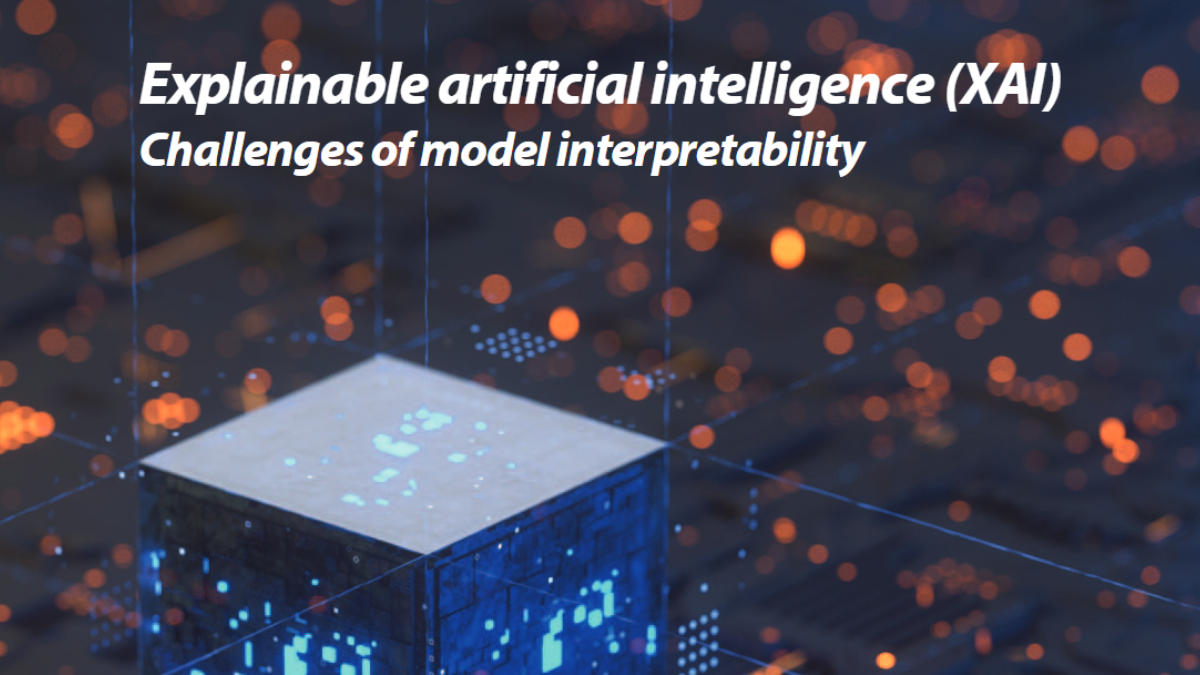“Artificial intelligence (AI) is the science and engineering of making intelligent machines, especially intelligent computer programs. It is related to the similar task of using computers to understand human intelligence, but AI does not have to confine itself to methods that are biologically observable“
This was the definition of AI offered by John McCarthy, professor at Stanford University, one of the founders of this discipline and co-author of the term “artificial intelligence”.
However, as early as 1950 Alan Turing asked3: “can machines think?” and formulated what would later become known as the “Turing test”: a test of a machine’s ability to display intelligence indistinguishable from that of a human being. Turing proposed that a human evaluator judge natural language conversations between a person and a machine designed to generate human-like responses. If the evaluator was unable to distinguish the machine from the human, the machine would have passed the
test.
Although there is controversy in this regard4, many authors consider that there are already artificial intelligences that could pass the Turing test, such as GPT-4, from the Open AI Foundation, although GPT-4 itself is not so sure about it (Fig. 1). There are also more sophisticated tests, such as Winograd’s schema test, which consists of solving complex anaphora that require knowledge and common sense , something that the current AI does not seem to be able to do yet.
Resource Sponsored By

Please fill out the form to access the content

